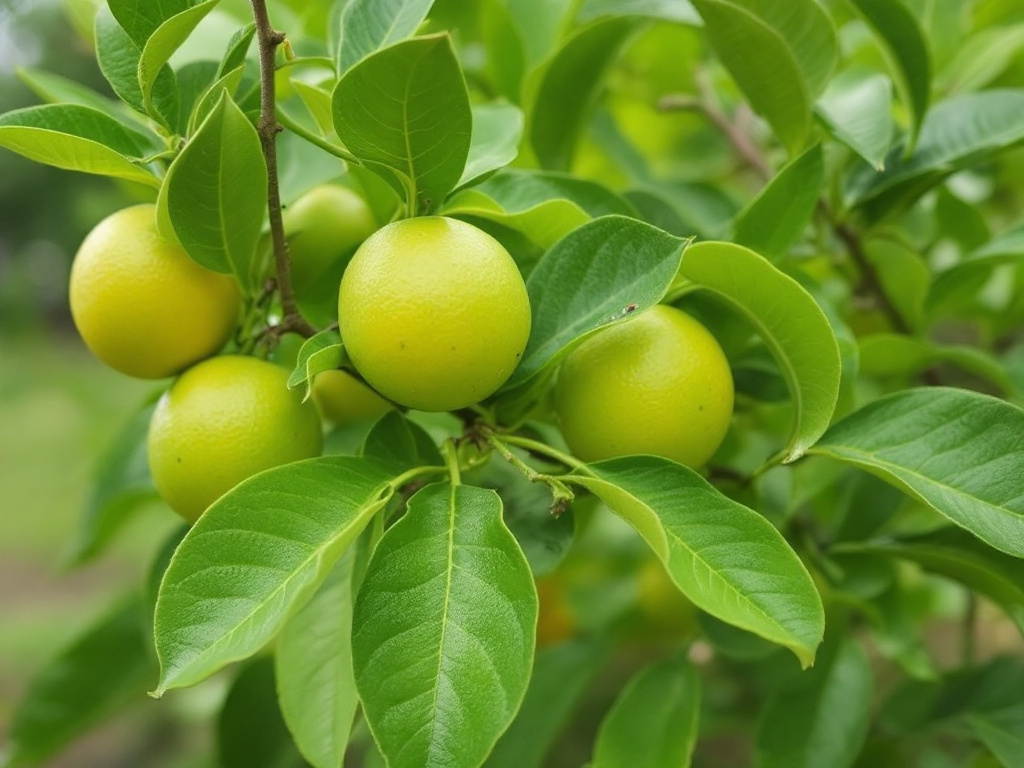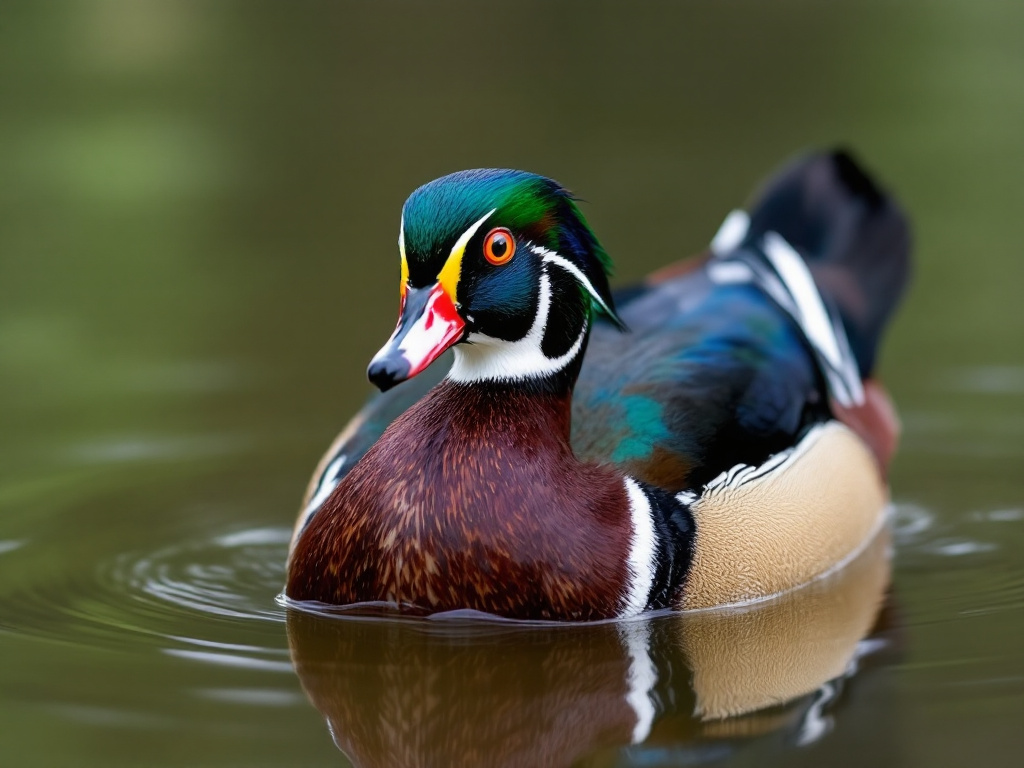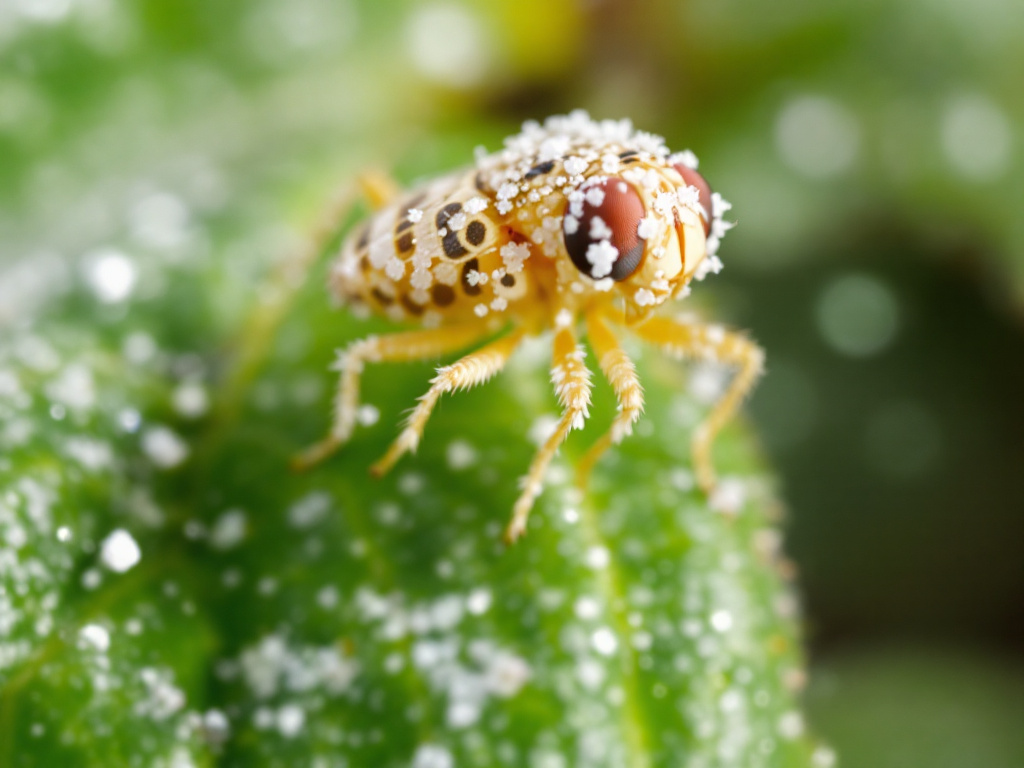Image generated by flux-ai.io & content generated by ChatGPT Version 4o-mini
Martin County Residents: Exciting Updates from the Southwest Florida Research and Education Center
The latest issue of the SWFREC Update E-news brings a wealth of information relevant to Martin County residents, particularly those interested in agriculture and horticulture. Here’s a look at some noteworthy highlights.
International Students Exchange
Recently, agricultural graduate students from the University of Florida (UF) participated in a unique exchange program with students from Universitat Politecnica de Valencia in Spain. This collaboration focused on sharing research and practices related to citrus production. Dr. Ute Albrecht, a plant physiologist at SWFREC, led a group of her students to Spain in May, where they engaged in discussions about innovative agricultural methods. This exchange not only fosters international cooperation but also enhances the education and experience of our local students, who may one day contribute to the citrus industry right here in Martin County.
Citrus Industry Conference Insights
In an effort to combat citrus greening, a significant threat to local citrus crops, two faculty members from SWFREC participated in the Citrus Industry Annual Conference. Dr. Ute Albrecht presented on the benefits of oxytetracycline (OTC) injections, which have been shown to improve citrus tree health. Meanwhile, Dr. Tara Wade discussed the adoption of these techniques by local farmers and the positive outcomes of such practices. These presentations are crucial for Martin County’s citrus growers, who rely on the latest research to maintain their crops and livelihoods.
SWFREC in the News
The SWFREC team continues to make headlines! An article in the May 2025 edition of Specialty Crop Grower magazine highlighted the Florida Citrus Growers’ Institute conference, where Dr. Albrecht shared her findings on trunk injection treatments. She reported promising results from trials conducted in nearby Highlands County and Fort Meade, indicating that these methods can enhance both the yield and quality of citrus crops. For Martin County farmers, understanding these advancements can lead to better crop management strategies.
Upcoming Events to Mark on Your Calendar
There are several exciting events coming up that Martin County residents, especially those in the agricultural sector, should be aware of:
-
Citrus & Specialty Crop Expo: Taking place on August 20-21, 2025, at the Florida State Fairgrounds in Tampa. This expo will feature a seminar agenda focusing on the latest trends and research in the citrus and specialty crop industries. It’s an excellent opportunity for local growers to learn and network.
-
2025 UF/IFAS Florida Tomato Conference: Scheduled for September 4, 2025, at the John Boy Auditorium in Clewiston. This conference will provide valuable insights for those involved in tomato cultivation, another significant crop in our region.
Conclusion
These updates from the SWFREC highlight the ongoing commitment to agricultural research and education that directly impacts our community in Martin County. Whether you’re a farmer, student, or simply someone interested in local agriculture, these findings and events are worth your attention. For more details and to read the full newsletter, visit SWFREC Update E-news.
References
Untitled. (n.d.). swfrec.ifas.ufl.edu. https://swfrec.ifas.ufl.edu/docs/pdf/swfrec-update/25-06-18-SWFREC-eNews.pdf




